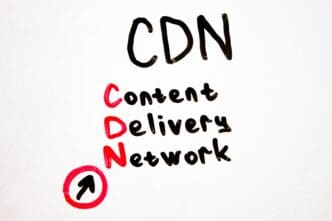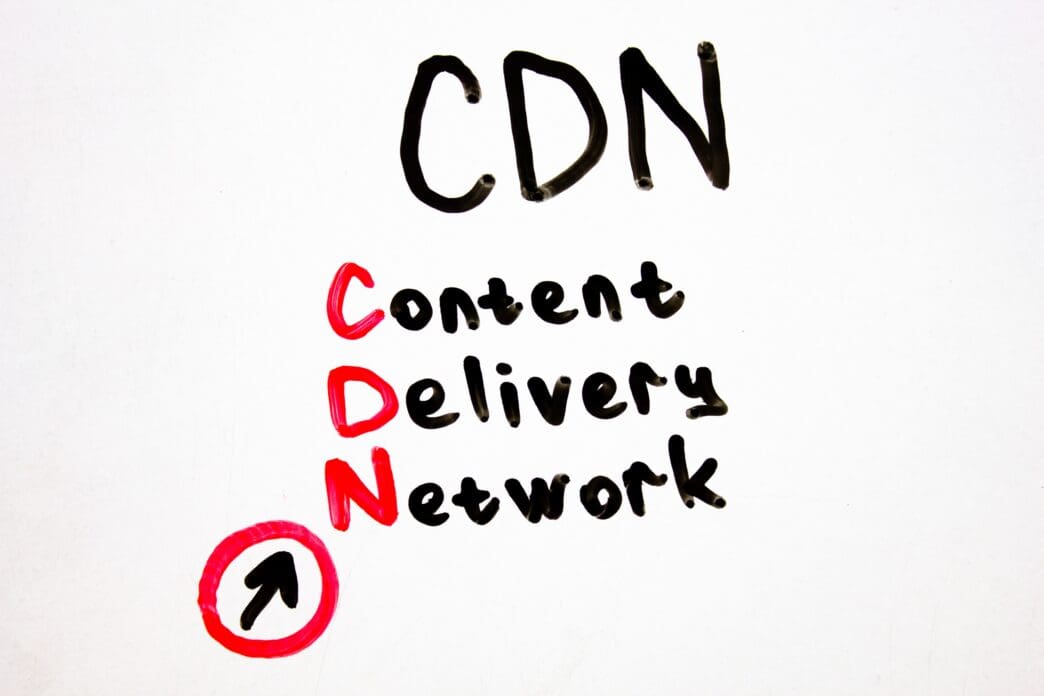Executive Summary
The Trajectory So Far
The Business Implication
Stakeholder Perspectives
In the competitive landscape of e-commerce, where every second counts, a Content Delivery Network (CDN) has emerged as an indispensable tool for Shopify and WooCommerce store owners aiming to boost both website speed and ultimately, sales. A CDN works by distributing your website’s static content across a global network of servers, ensuring that when a customer accesses your store, the content is delivered from the server geographically closest to them, dramatically reducing load times and improving the overall user experience. This strategic implementation not only enhances customer satisfaction and engagement but also significantly impacts crucial business metrics like conversion rates, search engine rankings, and operational efficiency, making it a vital investment for any serious online retailer.
What is a Content Delivery Network (CDN)?
A Content Delivery Network, or CDN, is a geographically distributed group of servers that work together to provide fast delivery of internet content. When a user requests content from a website that uses a CDN, the CDN redirects the request to the server closest to the user, known as an “edge server.” This edge server then delivers the cached content, such as images, videos, CSS, and JavaScript files, to the user.
This process minimizes the physical distance data has to travel, known as latency, which is a primary factor in how quickly a webpage loads. By having multiple points of presence around the world, CDNs ensure that content is delivered swiftly, regardless of the user’s location relative to the original web server.
Why Website Speed is Critical for E-commerce
For online stores, speed is not just a convenience; it is a fundamental driver of success. Research consistently shows that even a one-second delay in page load time can lead to a significant drop in page views, customer satisfaction, and conversion rates. Customers expect instant gratification, and slow-loading pages often result in high bounce rates, as users abandon sites that fail to perform.
Beyond user experience, website speed is a critical factor for search engine optimization (SEO). Search engines like Google prioritize fast-loading websites in their rankings, meaning a slow store can be less visible to potential customers. Faster sites also contribute to a better overall brand perception, fostering trust and encouraging repeat business.
How a CDN Boosts Performance
CDNs employ several techniques to optimize content delivery and enhance website performance. At its core, a CDN caches static content at various edge locations worldwide. When a user requests content, the CDN serves it from the nearest cached copy, rather than from the origin server.
This caching mechanism drastically reduces the load on your primary server, allowing it to handle more dynamic requests and preventing slowdowns during traffic spikes. Furthermore, CDNs often optimize images, compress files, and leverage efficient routing protocols to ensure data travels the fastest possible path to the end-user.
Key Benefits for Shopify and WooCommerce Stores
Improved Page Load Speed
The most immediate and noticeable benefit of a CDN is the dramatic improvement in page load times. By serving content from geographically optimized edge servers, the distance data travels is minimized, directly translating to a faster experience for your customers. This reduction in latency is crucial for a global customer base.
Enhanced User Experience and Engagement
Faster loading pages lead to a smoother, more enjoyable shopping experience. Customers are less likely to get frustrated and abandon their carts when navigating a responsive site. This improved experience fosters greater engagement, encouraging users to browse more products and spend more time on your store.
Higher Conversion Rates and Sales
There is a direct correlation between website speed and conversion rates. A faster website reduces friction in the buying journey, making it easier for customers to complete purchases. Studies have shown that even marginal improvements in page load times can lead to significant increases in sales and average order value.
Better Search Engine Optimization (SEO)
Google and other search engines use page speed as a ranking factor. A fast-loading website signals to search engines that your site provides a good user experience, which can lead to higher rankings in search results. This increased visibility means more organic traffic and potential customers for your store.
Reduced Server Load and Scalability
By offloading static content delivery to CDN edge servers, your primary web server experiences significantly less strain. This frees up your server’s resources to handle dynamic tasks, such as processing transactions. It also provides excellent scalability, allowing your store to handle sudden surges in traffic without compromising performance or crashing.
Enhanced Security
Many CDN providers offer robust security features, including Distributed Denial of Service (DDoS) attack protection and Web Application Firewalls (WAFs). By acting as a shield, a CDN can filter malicious traffic before it reaches your origin server, protecting your store from costly downtime and data breaches. They also assist with SSL/TLS encryption, ensuring secure communication.
Global Reach and Consistent Performance
For stores with an international customer base, a CDN is invaluable. It ensures that customers worldwide experience the same high level of performance, regardless of their geographical location. This consistent speed helps in building a global brand presence and satisfying diverse customer segments.
CDN Implementation for Shopify Stores
Shopify, being a fully hosted e-commerce platform, takes care of CDN integration automatically for its users. Shopify leverages powerful CDN providers like Fastly and Cloudflare to ensure that all stores on its platform benefit from fast content delivery globally. This means Shopify store owners generally do not need to configure a separate CDN themselves.
The platform inherently optimizes images and other assets, serving them from the closest edge server to your customer. This integrated approach simplifies store management, allowing merchants to focus on products and marketing without worrying about infrastructure performance.
CDN Implementation for WooCommerce Stores
WooCommerce, running on WordPress, offers more flexibility but requires manual CDN integration. Since WooCommerce stores are typically self-hosted, merchants have the choice of various third-party CDN providers. Popular options include Cloudflare, KeyCDN, Bunny.net, StackPath, and Amazon CloudFront.
Integration Methods for WooCommerce
Integrating a CDN with WooCommerce usually involves a few steps:
- DNS-level Integration: For providers like Cloudflare, you change your domain’s nameservers to point to the CDN. The CDN then acts as a proxy, routing all traffic through its network.
- Plugin-based Integration: Many CDN providers offer WordPress plugins that simplify the setup. These plugins help rewrite URLs for static assets to be served from the CDN, clear cache, and manage settings directly from your WordPress dashboard.
- Manual Configuration: In some cases, you might manually configure your WordPress installation or server to point to the CDN for specific assets, though this is less common for most users.
Careful configuration is essential to ensure all static assets are properly served through the CDN for maximum benefit.
Choosing the Right CDN Provider
When selecting a CDN for your WooCommerce store, consider several factors. Evaluate the provider’s global network footprint, ensuring they have edge servers in regions where your primary customers are located. Pricing models vary, so compare costs based on bandwidth usage, requests, and features. Look for robust security features, easy integration with WordPress, and responsive customer support. Additionally, consider features like image optimization, video streaming capabilities, and advanced caching controls that align with your store’s specific needs.
Measuring the Impact of Your CDN
After implementing a CDN, it is crucial to monitor its impact. Utilize tools like Google PageSpeed Insights, GTmetrix, and Pingdom to measure improvements in page load times and overall performance. Track key e-commerce metrics in Google Analytics, such as bounce rates, conversion rates, and time on site, to observe the direct business benefits. Consistent monitoring ensures your CDN is performing optimally and delivering the expected value.
For any e-commerce business, leveraging a Content Delivery Network is no longer a luxury but a fundamental requirement for success. By significantly enhancing website speed, CDNs directly contribute to an improved user experience, higher conversion rates, and stronger search engine visibility. Whether you’re on Shopify with its integrated CDN or a self-hosted WooCommerce store needing a third-party solution, investing in a CDN ensures your online shop remains competitive, scalable, and primed for growth in the fast-paced digital marketplace.








